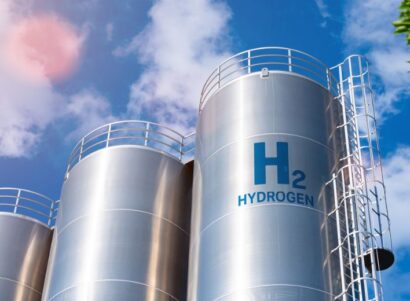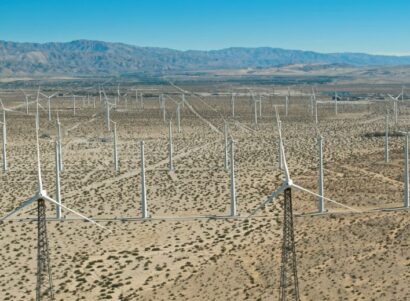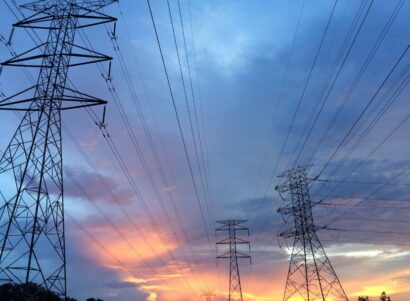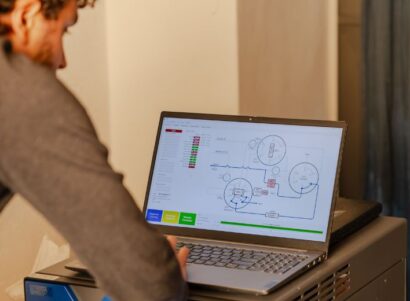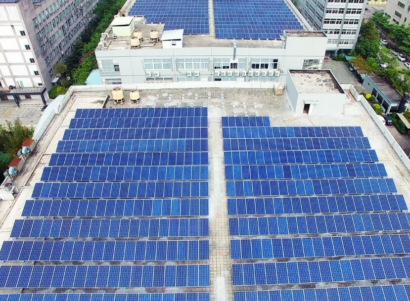Energy Storage and Renewables Can Benefit Air Quality and Environmental Justice If Sited and Deployed Correctly
OAKLAND, Calif. – Last week, the Obama administration, together with Mexico and Canada, announced the ambitious goal that 50 percent of all electricity generated in North America will come from clean sources. This follows on the heels of the “White House’s Summit on Scaling Renewable Energy and Storage with Smart Markets,” held in mid-June, at which regulators, power companies, municipalities and energy developers, along with 33 states, pledged to invest about $1 billion to deploy 1.3 gigawatts of energy-storage projects over the next five years. In light of these commitments, a new study published by PSE Healthy Energy brings an important new layer of analysis to the conversation: It focuses on how best to realize the environmental and health benefits available from this transition.
Though the federal government, states, utilities and public utility commissions across the country are planning to bolster the grid with additional emerging energy resources, such as wind, solar, battery storage and demand-response, there is currently very little discussion about how best to locate and utilize these resources in order to maximize the social and environmental benefits from their usage. The new study provides an innovative policy framework that proposes that measurements of local air quality, together with analyses of the existing socioeconomic and environmental health burden on nearby communities, be incorporated into decisions to procure new peak-demand grid technology or to dispatch energy.
Published in the journal Energy Policy, the study is titled “A framework for siting and dispatch of emerging energy resources to realize environmental and health benefits: Case study on peaker power plant displacement.”
The study focuses on the use of grid power plants that exist solely to meet infrequent peak-energy demand. These “peaker plants” are often located in communities that already suffer from higher-than-average environmental health burdens from other polluting sources. In California in particular, these plants give off some of the highest rates of air pollution per megawatt hour (a unit equal to 1,000 watts of electricity used continuously for one hour) of generation compared to other sources. Furthermore, in some cases these plants actually operate more often on days when air quality is already judged to be “unhealthy” by the U.S. Environmental Protection Agency. For certain peaker plants in California, the study finds over one-third of generation occurs on “spare the air” days, when air quality exceeds federal standards for ozone or particulate matter concentrations.
The authors — Elena Krieger, Joan Casey, and Seth Shonkoff — present a case study of California peaker plants, and highlight the environmental and air quality benefits of replacing these infrequently used plants with emerging energy technologies. These could include demand response, on-site renewable generation, energy storage recharged with natural gas, and energy storage recharged with renewables or with a combination of natural gas and renewables.
The study also presents policy recommendations for how energy commissions, air resource boards and utilities can collaborate to use local climate and air quality data as a signal to dispatch energy from clean sources when air quality is projected to be at unhealthy levels. This approach is modeled after the Northern California-based Bay Area Air Quality Management District’s “Spare the Air” policy, where public advisories ask citizens to avoid driving or burning firewood if possible in order to avoid additional air pollution on poor air-quality days. If grid operators can predict poor air quality around the time of peak demand, it could also follow a similar protocol for dispatching low- or non-emitting sources during that time. In other regions of the country where the most polluting electricity sources are coal plants or other non-peak generation, a different combination of technologies may be most useful to avoid these emissions at times of poor air quality.
“This suggested framework takes into account data on the total emissions from an energy source, the rate and timing of expected emissions due to meeting consumer demand, and the location of an energy source in relation to nearby vulnerable communities in order to plan for siting and dispatch that will offset the emissions from electricity generation at times of poor air quality,” said Krieger, the study’s lead author and the director of PSE’s Clean Energy research program. “Instead of using only economic signals to dispatch storage or demand response, environmental conditions should be considered to trigger their dispatch as well.”
With storage and renewables gaining momentum, these timely findings can help ensure that, in addition to maximizing the efficiency of the grid, deployment of these resources can result in environmental justice and health benefits for consumers and local residents near power plants. This framework is important for consideration in ongoing annual utility and utility-commission procurement–planning efforts for energy technology, and can also be incorporated into state and federal long-term planning.
PSE Healthy Energy is a non-profit energy-science and policy-research institute led by physicians, scientists and engineers who are dedicated to supplying evidence-based, scientific and technical information and resources on the public health, environmental and climate dimensions of energy production and use. Our work focuses on unconventional oil and gas development, renewable energy and energy storage.
# # #
Physicians, Scientists and Engineers (PSE) for Healthy Energy is a nonprofit research institute dedicated to supplying evidence-based scientific and technical information on the public health, environmental and climate dimensions of energy production and use. We are the only interdisciplinary collaboration focused specifically on health and sustainability at the intersection of energy science and policy. Visit us at psehealthyenergy.org and follow us on Twitter @PhySciEng.




